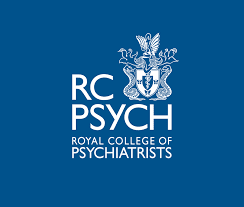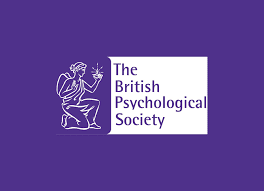Behavioural Family Therapy (BFT)

What is BFT
BFT helps improve communication within families, which in turn enhances the quality of relationships.
Behavioural Family Therapy (BFT) is a talking therapy that helps families improve theway in which the members of the family interact with each other. It focuses on behavioural patterns within the family that is helpful with communication of both positive and negative emotions and thoughts in an effective way.
It takes a family-centered approach since the dynamics within this group significantly influence individuals’ emotional well-being and behaviors. It involves working with the entire family unit, considering how each member’s actions affect the other.
It’s like a team effort where everyone in the family comes together to make positive changes.
Problem Behaviours are then recognised with the therapist, These could include communication issues, conflicts, or disruptive behaviours. They then help with identifying the triggers: BFT explores the underlying triggers or situations that lead to problematic behaviors. It aims to understand the reasons behind certain actions and reactions within the family context.
The therapy focuses on teaching the family members new skills to communicate effectively and manage conflicts in healthier ways. This may involve improving active listening, expressing feelings constructively, and problem-solving together. BFT encourages positive changes by reinforcing behaviours that lead to more harmonious family interactions. This can involve praising and supporting each other when positive changes occur.
The therapist works with the family to set realistic goals for behaviour change and improvement in family dynamics. These goals are specific to the family’s unique challenges and circumstances.
In essence, Behavioral Family Therapy aims to enhance family functioning, reduce conflicts, and promote positive changes in communication and behaviors within the family unit. It is a collaborative and practical approach that helps families create a healthier and more supportive environment for everyone involved.
How BFT Works
BFT work by understanding the problems, identifying behaviour, learning new Skills, changing this behaviour and reinforcement.
Setting goals to achieve during therapy including having fewer arguments, showing more appreciation for each other, or spending more quality time together.
In a nutshell, Behavioral Family Therapy is about improving the way family members relate to each other and creating a happier, healthier family unit.
By learning new skills and working together, families can build stronger bonds and resolve conflicts in a positive way.
The therapist starts by conducting an initial assessment to understand the family’s concerns, challenges, and dynamics. They listen to each family member’s perspective and gather information about the problems they are facing.
Together with the family, the therapist sets specific goals for therapy. These goals are based on the identified issues and what the family wants to achieve through the therapeutic process.
The therapist observes how family members interact with each other during the sessions. They pay attention to communication styles, conflicts, and any recurring behavioural patterns that might contribute to the family’s challenges.
The therapist encourages family members and provides feedback as they progress toward their goals. They help create a safe and supportive environment where family members feel comfortable expressing their thoughts and feelings without fear of judgment.
The therapist introduces the family to new skills and techniques aimed at improving their communication and interactions. These may include active listening, problem-solving strategies, conflict resolution methods, and positive reinforcement.
BFT sessions often also focus on specific issues brought up by family members. These could be recent conflicts or ongoing challenges that need resolution.
The therapist may use role-playing exercises in sessions to help family members practice their new skills and explore different perspectives in a safe environment.
The therapist assigns “homework” to the family, which involves practising the new skills and techniques outside of the therapy sessions. This helps integrate the learned behaviors into their daily lives and reinforces positive changes. They create a safe environment where everyone can express thoughts and feelings freely, without fear of judgment.
Positive changes and improvements are acknowledged and celebrated by the therapist and the family. This reinforcement motivates the family to continue making progress.












